Atlantic Hurricane Season On Track To Be Above-Normal

NOAA issued its updated Atlantic hurricane season outlook today saying the season is shaping up to be above normal with the possibility that it could be very active.
Hurricane Tips From Cuba
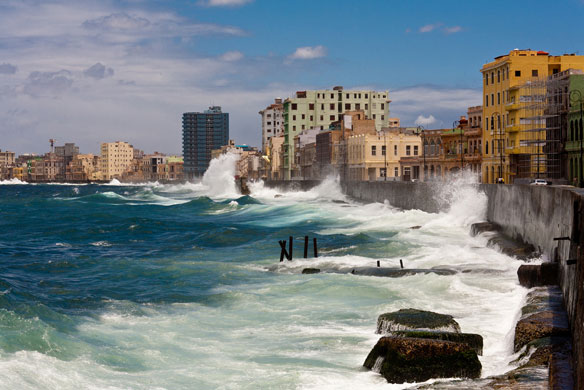
Cuba consistently weathers Category 4 and 5 hurricanes with relatively few casualties.
Hurricanes Likely to Get Stronger and More Frequent

Hurricanes are Mother Nature’s largest and most destructive storms. Fed by warm ocean waters and moist atmospheric conditions, about 90 such storms, also known as tropical cyclones, form worldwide each year. With the population of coastal areas growing daily and sea level on the rise, how these monster storms may change as the climate continues to warm is an increasingly urgent question facing climate scientists, insurance companies, and public officials.
Coastal Communities Vulnerable To Next Big Storm
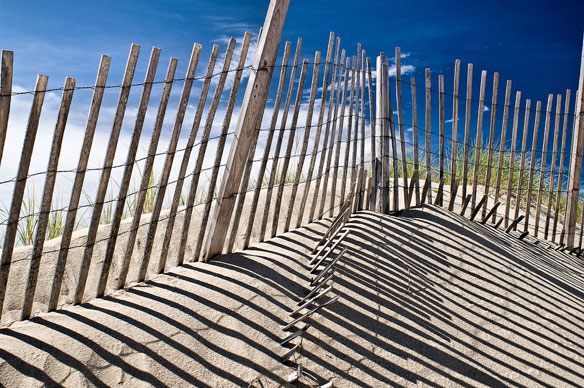
Dunes along much of the mid-Atlantic coast are vulnerable to extreme erosion in a Category 1 hurricane, a U.S. Geological Survey report says.
Predicting Hurricane-Induced Coastal Change
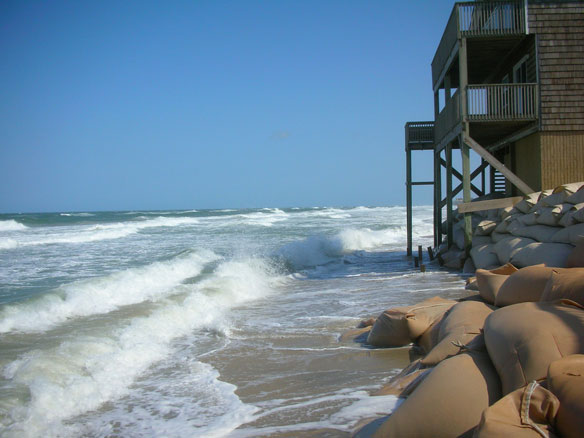
The probability of hurricane-induced coastal change on sandy beaches from Florida to New York has been assessed for the first time in two U.S. Geological Survey studies.
NASA’s 2013 HS3 Hurricane Mission to Delve into Saharan Dust
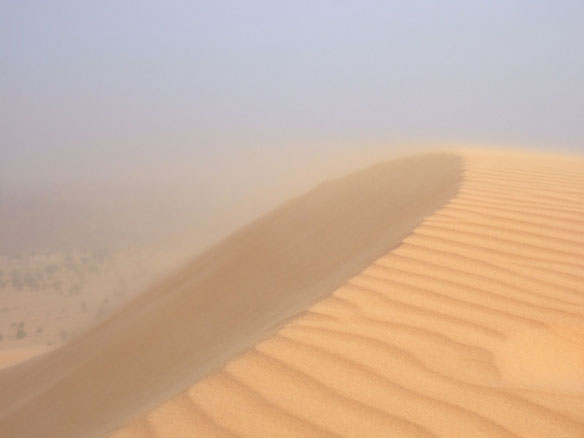
NASA’s 2013 Hurricane and Severe Storms Sentinel or HS3 mission will investigate whether Saharan dust and its associated warm and dry air, known as the Saharan Air Layer or SAL, favors or suppresses the development of tropical cyclones in the Atlantic Ocean. The effects of Saharan dust on tropical cyclones is a controversial area of science.
Hurricane Risks Rise as Coastal Populations Grow

Populations along the coasts are growing exponentially, which could mean problems when it comes to hurricane season.
NOAA Predicts Active 2013 Atlantic Hurricane Season

In its 2013 Atlantic hurricane season outlook issued today, NOAA’s Climate Prediction Center is forecasting an active or extremely active season this year.
Katrina-Like Storm Surges Could Become Norm
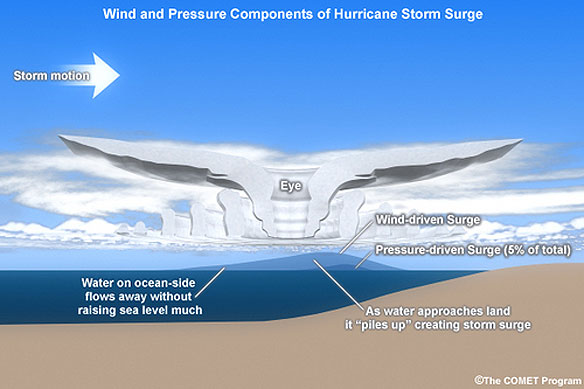
Last year’s devastating flooding in New York City from Hurricane Sandy was the city’s largest storm surge on record. Though Hurricane Sandy was considered a 100-year-event, a storm that lashes a region only once a century, a new study finds global warming could bring similar destructive storm surges to the Gulf and East Coasts of the United States every other year before 2100.
